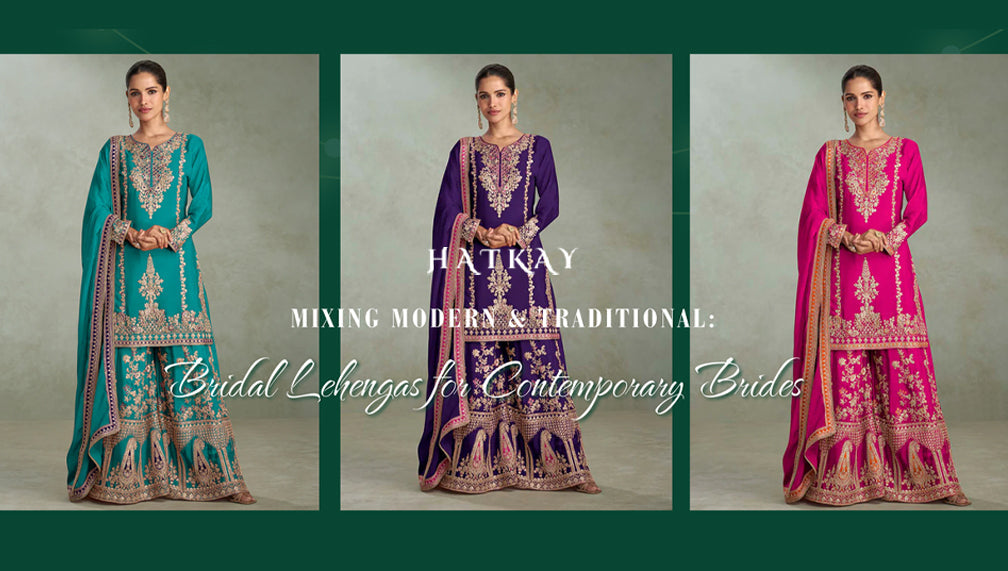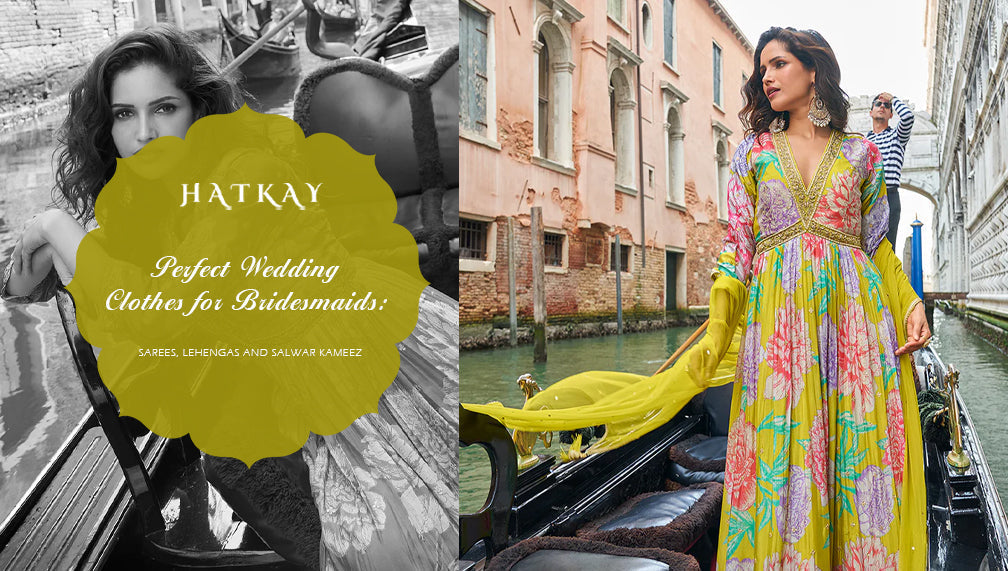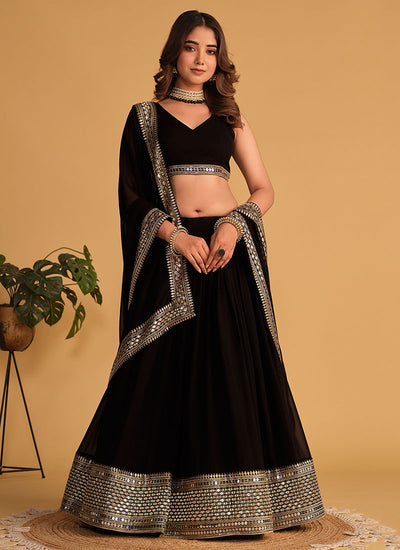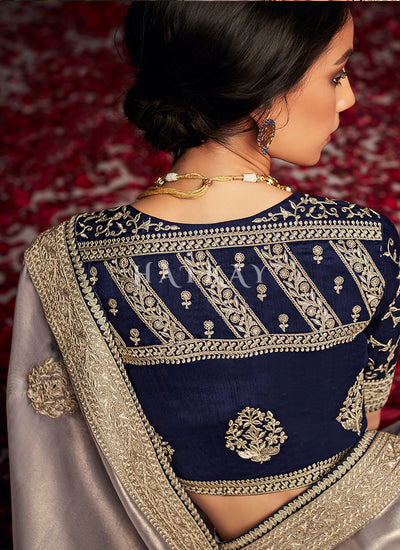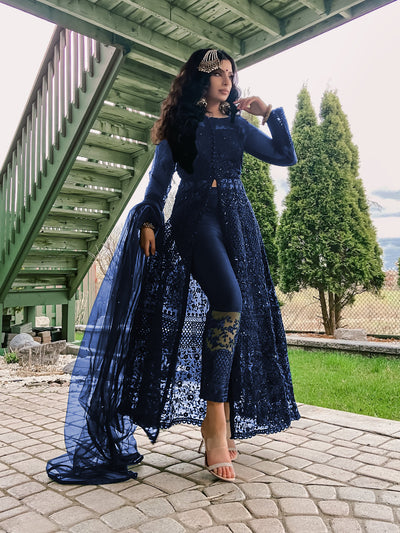
A Guide to Indian Fabrics: Choosing the Right Material for Your Outfit
India's rich textile heritage is a tapestry of diverse fabrics, each with its unique history, texture, and style. From the luxurious silks of the south to the robust cottons of the north, understanding Indian fabrics can enhance your wardrobe and connect you with centuries of tradition. This guide will help you navigate through some of the most celebrated Indian fabrics, offering tips on how to choose the right material for your outfit.
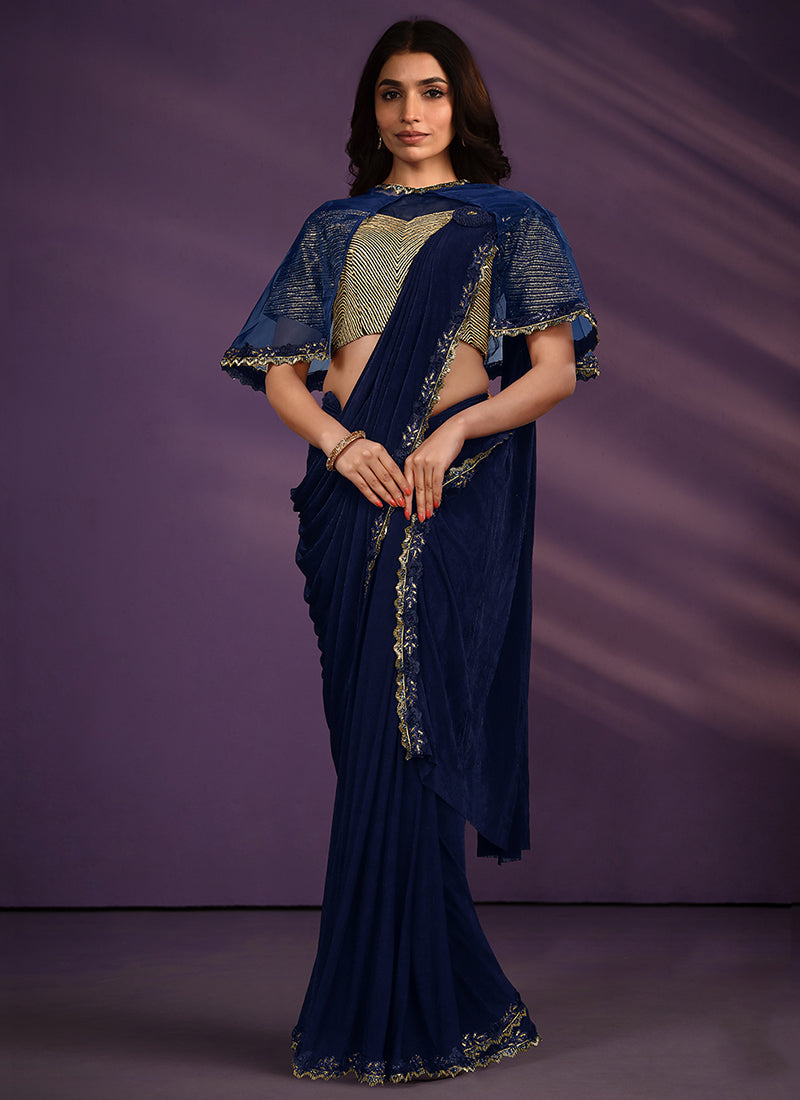
1. Cotton: The Everyday Essential
Characteristics: Cotton is known for its breathability, softness, and durability. It's a versatile fabric that's ideal for daily wear, particularly in India's hot and humid climates.
Best For: Casual wear, office attire, and summer outfits. Cotton sarees, kurtas, and dresses are popular for their comfort and ease of care.
Care Tips: Cotton is relatively easy to maintain. Machine wash in cold water and avoid high heat when drying to prevent shrinkage.
2. Silk: The Luxurious Choice
Characteristics: Silk is celebrated for its lustrous sheen and smooth texture. It drapes beautifully and often features intricate designs, making it a favored choice for formal and festive occasions.
Best For: Special events, weddings, and ceremonial attire. Indian silk sarees, lehengas, and salwar kameez are iconic for their elegance.
Care Tips: Silk is delicate and should be hand-washed or dry-cleaned. Avoid direct sunlight and store in a cool, dry place.
3. Wool: The Warm Comfort
Characteristics: Wool is less common in Indian textiles but is significant in regions with colder climates. It provides warmth and has natural insulating properties.
Best For: Winter wear and shawls. Woolen pashminas and stoles from Kashmir are renowned for their quality and warmth.
Care Tips: Hand wash or dry clean wool garments to maintain their texture and shape. Store in breathable bags to prevent moth damage.
4. Linen: The Crisp Classic
Characteristics: Linen is appreciated for its crisp texture and breathability. It tends to have a natural luster and gets softer with each wash.
Best For: Summer wear and formal shirts. Linen kurtas and trousers are stylish and comfortable choices for hot weather.
Care Tips: Linen wrinkles easily, so it's best to iron while damp. Machine wash in cold water and line dry to prevent excessive wrinkling.
5. Chiffon: The Light and Airy Fabric
Characteristics: Chiffon is a lightweight, sheer fabric often used for its graceful flow and drape. It can be layered to create a soft, ethereal look.
Best For: Evening wear and formal outfits. Chiffon sarees and dupattas are popular for their elegant appearance.
Care Tips: Hand wash in cold water or dry clean. Avoid wringing and use a low-temperature iron if needed.
6. Georgette: The Playful Partner
Characteristics: Georgette is similar to chiffon but with a slightly heavier feel. It offers a good drape and maintains a bit of structure while remaining fluid.
Best For: Party wear and semi-formal outfits. Georgette sarees and gowns often feature vibrant prints and embellishments.
Care Tips: Hand wash or dry clean, and avoid high heat while ironing to maintain its delicate texture.
7. Brocade: The Ornate Delight
Characteristics: Brocade is a rich, heavy fabric with elaborate patterns, often woven with gold or silver threads. It has a regal and opulent appearance.
Best For: Bridal wear and festive occasions. Brocade sarees and lehengas are traditional choices for weddings and grand events.
Care Tips: Dry clean to preserve the intricate patterns and metallic threads. Store carefully to avoid crushing the fabric.
8. Kanjeevaram Silk: The Timeless Treasure
Characteristics: Kanjeevaram silk is a type of South Indian silk known for its durability, vibrant colors, and intricate designs. It is often adorned with rich, traditional motifs.
Best For: Weddings and ceremonial occasions. Kanjeevaram sarees are treasured heirlooms in many South Indian families.
Care Tips: Hand wash or dry clean. Keep away from direct sunlight to avoid fading, and store in a fabric bag to maintain its sheen.
Choosing the Right Fabric for Your Outfit
When selecting a fabric, consider the following factors:
-
Occasion: Choose materials that match the formality of the event. Silk and brocade are ideal for formal events, while cotton and linen are perfect for casual and everyday wear.
-
Climate: Opt for breathable fabrics like cotton and linen in hot climates, and warmer materials like wool and pashmina in cooler regions.
-
Comfort: Ensure that the fabric feels good against your skin and allows ease of movement.
-
Maintenance: Some fabrics require more care than others. Consider your willingness to adhere to the care instructions before making a purchase.
-
Personal Style: Ultimately, choose fabrics that resonate with your personal style and preferences. The right material can elevate your outfit and enhance your confidence.
By understanding these Indian fabrics and their characteristics, you can make informed choices that reflect your style, occasion, and comfort needs. Embrace the vibrant world of Indian textiles and let your outfits tell a story of tradition and elegance.
























































